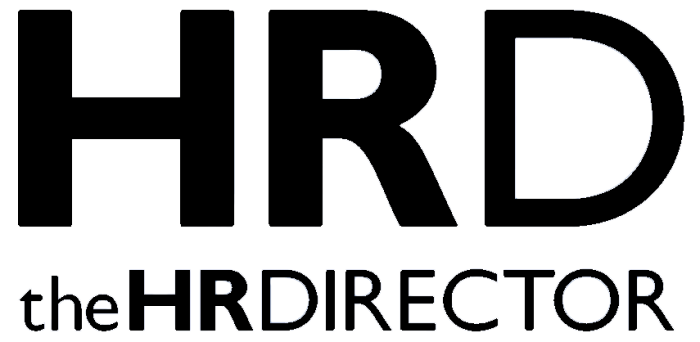There is emerging evidence that bias built into algorithms can lead to less favourable treatment of people with protected characteristics such as race and sex. The Equality and Human Rights Commission (EHRC) has made tackling discrimination in AI a major strand of its new three-year strategy.
It is publishing new guidance to help organisations avoid breaches of equality law, including the public sector equality duty (PSED). The guidance gives practical examples of how AI systems may be causing discriminatory outcomes.
The EHRC is also exploring how best to use its powers to examine how organisations are using facial recognition technology, following concerns that the software may be disproportionately affecting people from ethnic minorities.
These interventions will improve how organisations use AI and encourage public bodies to take action to address any negative equality and human rights impacts.
Marcial Boo, chief executive of the EHRC, said:
“While technology is often a force for good, there is evidence that some innovation, such as the use of artificial intelligence, can perpetuate bias and discrimination if poorly implemented.
“Many organisations may not know they could be breaking equality law, and people may not know how AI is used to make decisions about them.
“It’s vital for organisations to understand these potential biases and to address any equality and human rights impacts.
“As part of this, we are monitoring how public bodies use technology to make sure they are meeting their legal responsibilities, in line with our guidance published today. The EHRC is committed to working with partners across sectors to make sure technology benefits everyone, regardless of their background.”
The monitoring projects will last several months and will report initial findings early next year.
This provides summary information and comment on the subject areas covered. Where employment tribunal and appellate court cases are reported, the information does not set out all of the facts, the legal arguments presented and the judgments made in every aspect of the case. Employment law is subject to constant change either by statute or by interpretation by the courts. While every care has been taken in compiling this information, we cannot be held responsible for any errors or omissions. Specialist legal advice must be taken on any legal issues that may arise before embarking upon any formal course of action.







